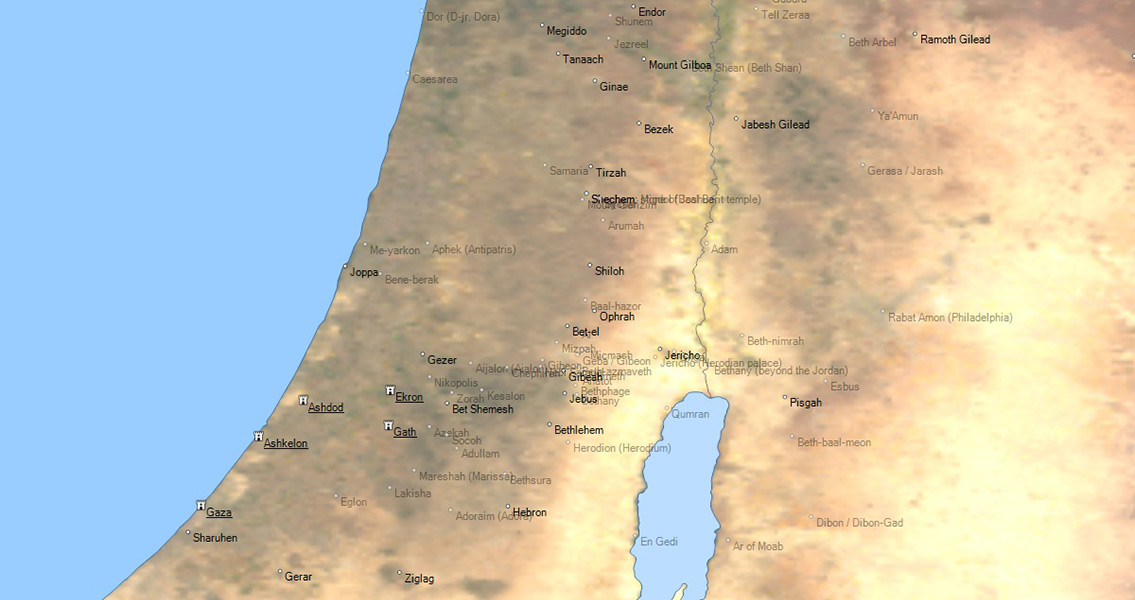<![CDATA[Newly revealed research findings have demonstrated that the Philistines were likely responsible for the introduction of several key flora to Israel during the Iron Age (twelfth century to seventh century BCE). A team of archaeologists from the Department of Land of Israel Studies and Archaeology from Bar-Ilan University has discovered that when the Philistines arrived in the southern Levant, they brought with them plant species that had never been present in the region before – species such as the opium poppy, the sycamore, and cumin. There’s no record of the edible remains of these three plant species appearing in the region prior to the Iron Age in the archaeological record, according to Bar-Ilan PhD student Sue Frumin, who was involved in the study. In a statement released by the university, Frumin remarked that all of these plants are found within Israel today, but only in a cultivated form – there are no examples of these species growing in the wild. Additionally, the Philistines brought more than just plant species with them, but botanical and agricultural expertise that was unheard of in Israel at the time. The researchers found evidence of the Philistines using more than 70 species of plants that are “synanthropic”, i.e., they thrive in living close by to civilization, including vigna, henbane, saltwort, purslane and wild radish. Again, there are no records of these plant species appearing in any archaeological site that pre-dates the Iron Age – nor are there any non-Philistine Iron Age sites from civilizations such as the Phoenicians, Judahites, Israelites or Canaanites that have any remains of these synanthropic plants either. All of these plant species were native to the region, indicating that the Philistines recognized these plants as beneficial and put them to use while other cultures lacked the requisite knowledge to do so at the time. This advanced understanding of agriculture supports the characterization of the Philistines as a people with a multi-ethnic origin that included other Eastern Mediterranean regions such as Cyprus, Turkey, and the Aegean. The Philistines as a culture are thought to have integrated with local populations such as the Canaanites in the southern coastal plain of the Levant before finally dropping off the scene in around 600 BCE, which is considered the end of the Iron Age. With a cultural presence of around six centuries in the region, the Philistines had a major impact on the biodiversity of local plant species, leaving behind a biological heritage that is still felt today. However, there’s evidence that local fauna populations were changed due to the influence of the Philistines as well, especially as the new report also discovered that the people introduced European pigs to the region that eventually inter-bred with the local pig populations. Today’s wild boar in the region have European DNA markers instead of Near Eastern ones as a result. For more information: www.nature.com Image courtesy of Wikimedia Commons user: Cush ]]>
Research Reveals Philistines Brought Key Flora to Israel
